Historic Glasshouse Tour At Winterbourne House & Garden With Daniel Cartwright
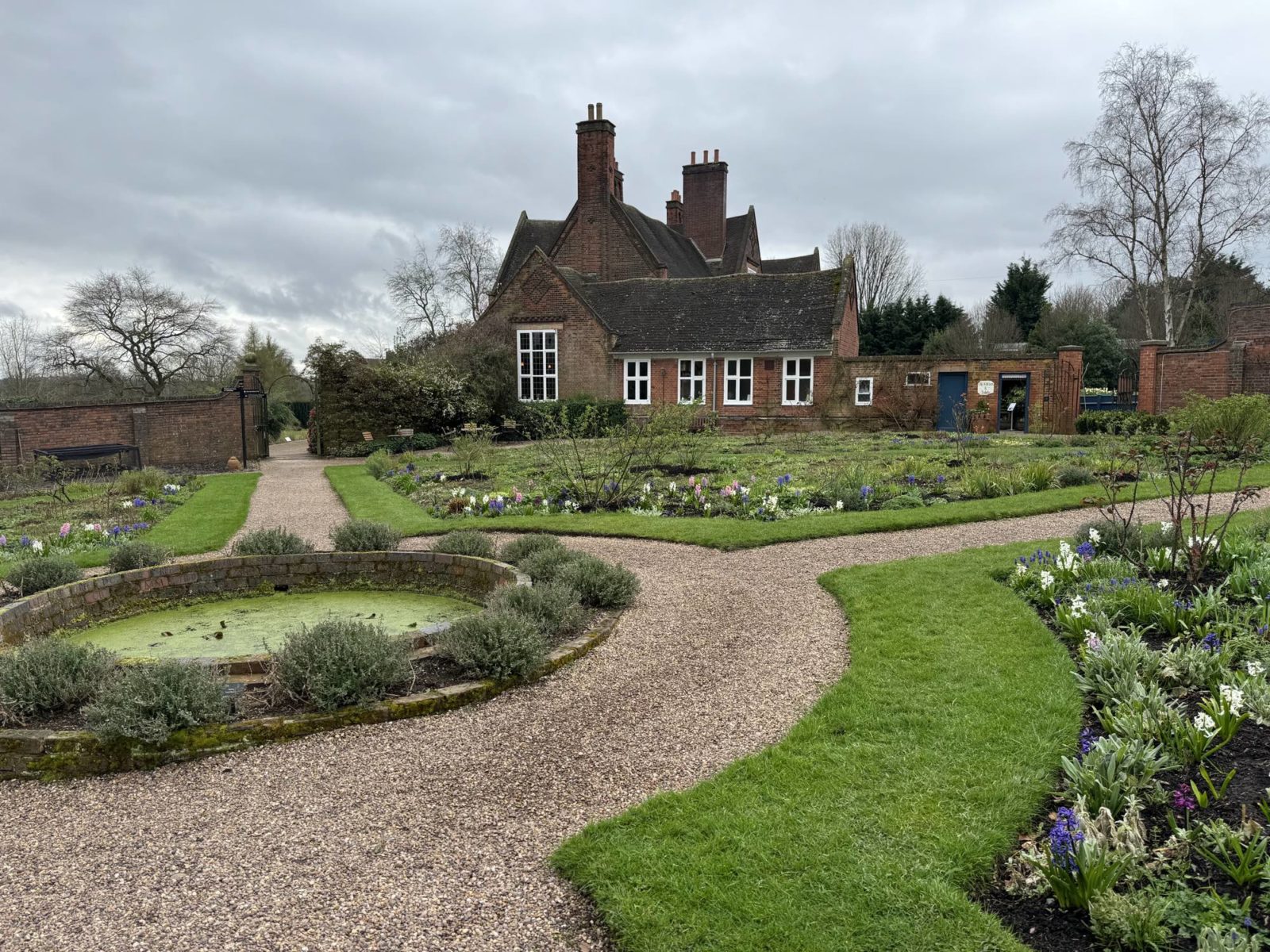
Winterbourne House & Garden is owned by the University of Birmingham and is a Grade II Listed garden that was originally built by the Nettlefold family in 1904.
The garden is one of the few surviving Edwardian Arts and Crafts style gardens from that period and was heavily influenced by the work of Gertrude Jekyll, a key figure in the movement at the time.
I was lucky enough to meet with Daniel Cartwright, the Head Gardener at Winterbourne who has worked there for almost eighteen years.
History & Design
“In total, there were three private families that owned Winterborne in the entirety of its history,” says Daniel.
“When the head of the final family John Nicholson died in 1944, he bequeathed the house and garden to the University of Birmingham, and it’s been owned by the university ever since.
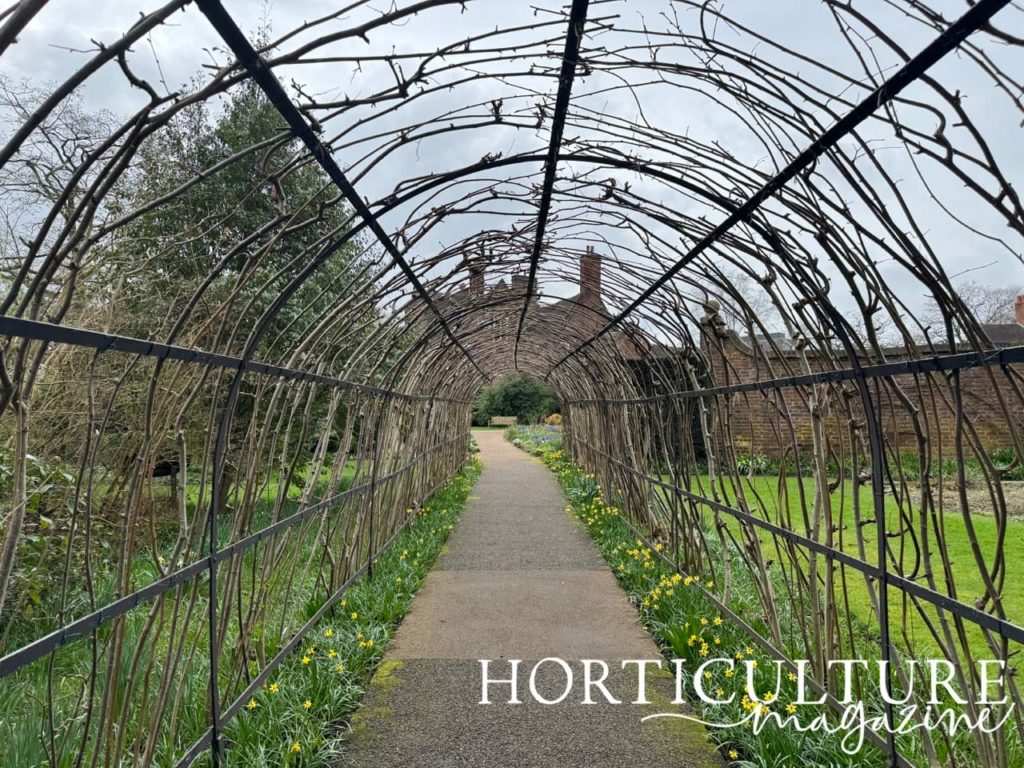
“Gertrude Jekyll was the preeminent arts and crafts garden designer in the Edwardian period.
“Our lady of the house, Margaret Nettlefold, designed the garden herself, but she was very much inspired by the work of Gertrude Jekyll and in particular, Jekyll’s 1899 publication Wood and Garden.
“If you look at that book, you can actually see where our lady of the household has taken pieces of Jekyll’s design and transferred them directly to the design here at Winterbourne.”
Jekyll’s Influence In The Garden
“The garden area where you can see Jekyll’s influence the most is on the south side of the house looking down from the terrace across one of our colour-themed herbaceous borders,” he continues.
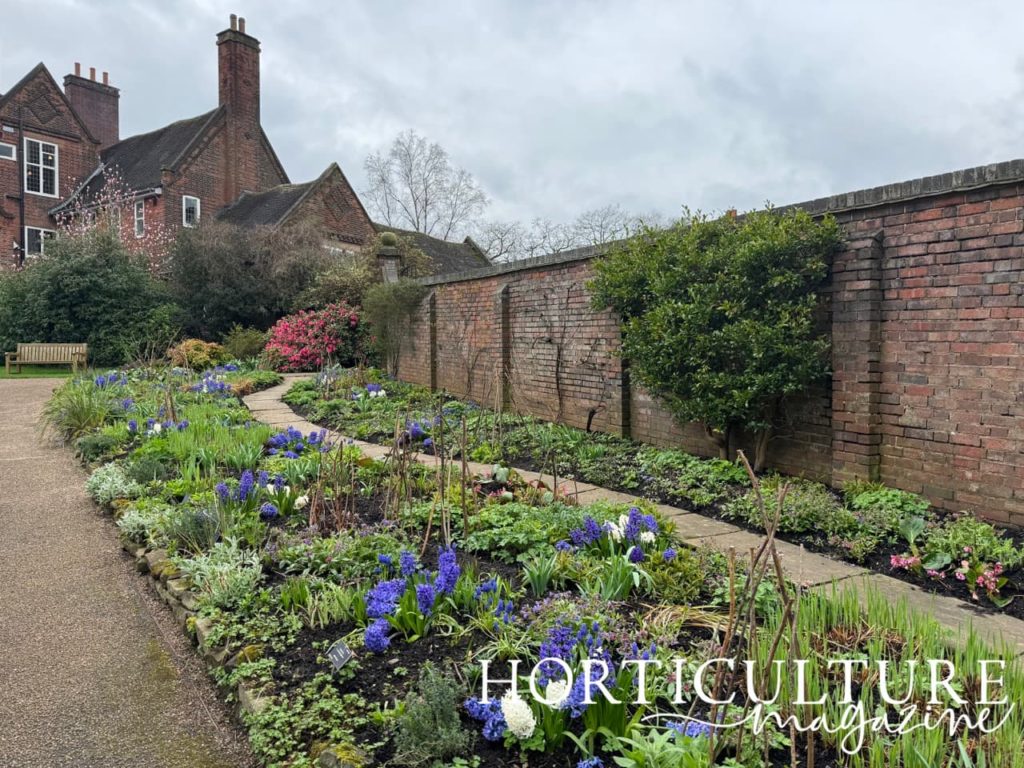
“There is an arts and crafts motif in this area of the garden in the form of the pink and blue herbaceous border.
“You can also see her influence when looking down into the nut alley, which we call the nut walk, which is planted predominantly with hazelnuts.”
The Glasshouses
“At Winterbourne, we have a small glasshouse range,” explains Daniel.
“There is one original glasshouse from the Edwardian period in our walled garden and then we have four more much more modern glasshouses, which were all built from the university period onwards.
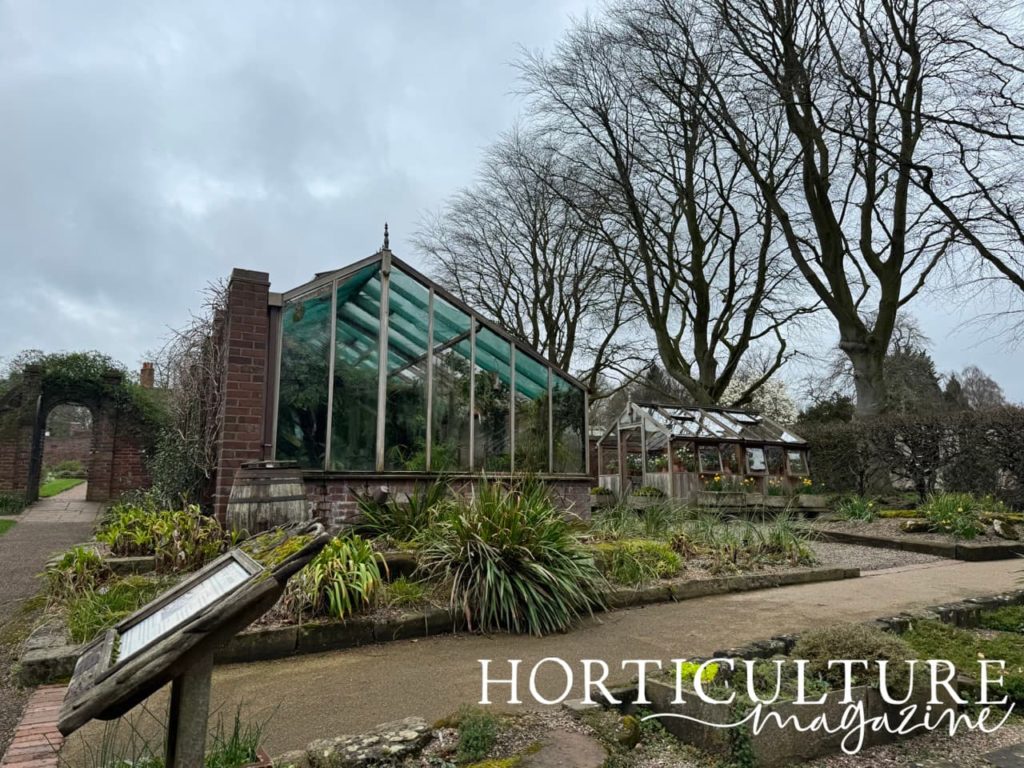
“Our largest modern glasshouse, the Gilbert Orchid House, is home to lots of different tropical species – not just orchids.
“Most tropical orchid species are epiphytic, and that means they grow on the branches of other trees or shrubs.
“They’re not parasitic, they don’t do any damage to that host plants, they simply anchor themselves on there, and then they suck moisture out of the very humid air using aerial roots.
“We have lots of epiphytes such as Tillandsia and Bromeliads in this glasshouse.”
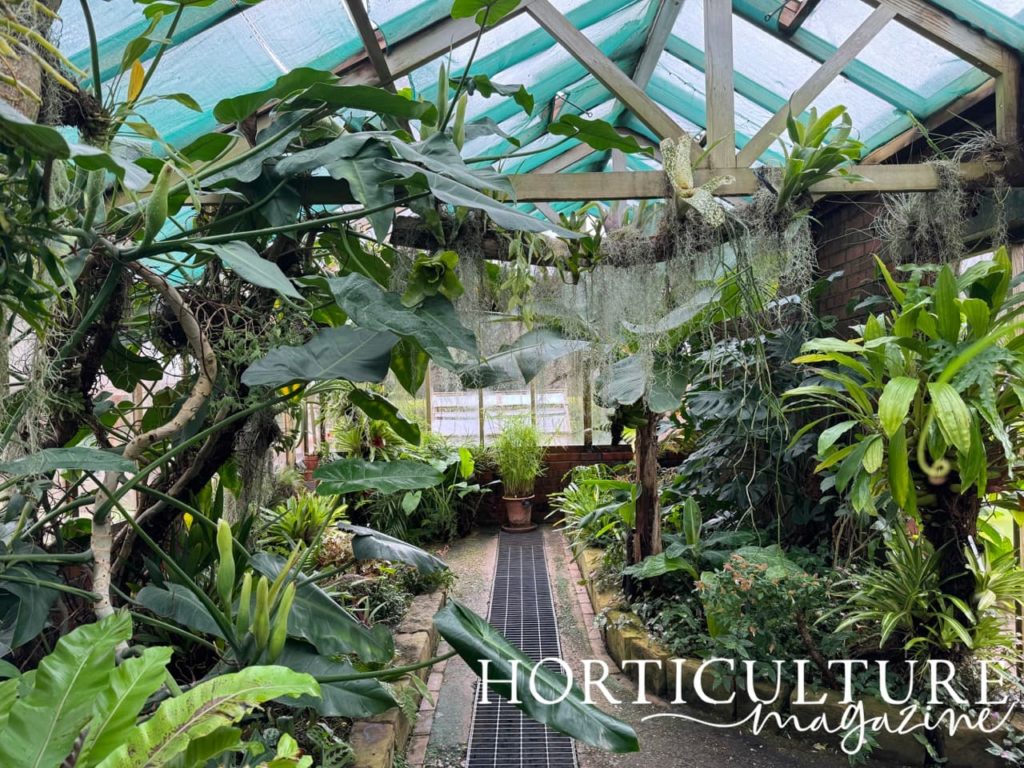
“We’ve also got quite a substantive alpine collection at the gardens,” he continues.
“Our alpine house was built some time in the early 2000s and the plants look particularly good at this time of year.
“Probably the most interesting thing we’ve got on displays are our Lewisias.
“They add great value to the alpine house because they flower the heads off right the way throughout March and April.
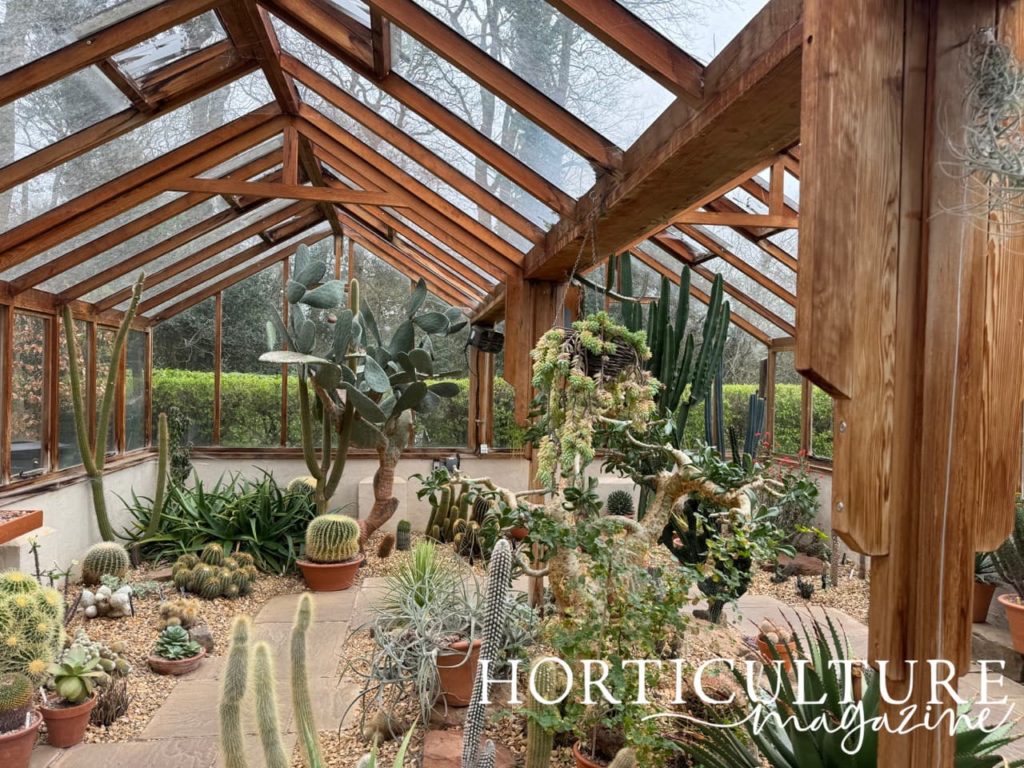
“Our arid house is where we grow the majority of our cacti and succulents.
“Most of the specimens in here were donated by members of the local cacti and succulent society.
“My favourite planting here is actually one of the most common succulents that that you can buy or grow in this country and that’s Agave.
“This variegated one that we’ve got here is a cultivar called Agave americana ‘Mediopicta Alba’.
“I like them because they’re so statuesque and architectural.”
Visiting Winterbourne
“I hope that when people visit Winterbourne they see an inspiring and creative garden, as well as a space in which horticulturists are using their creativity and imagination,” Daniel shares.
“I hope they see a garden that’s continually changing and evolving and that never stops in time but keeps moving forward.
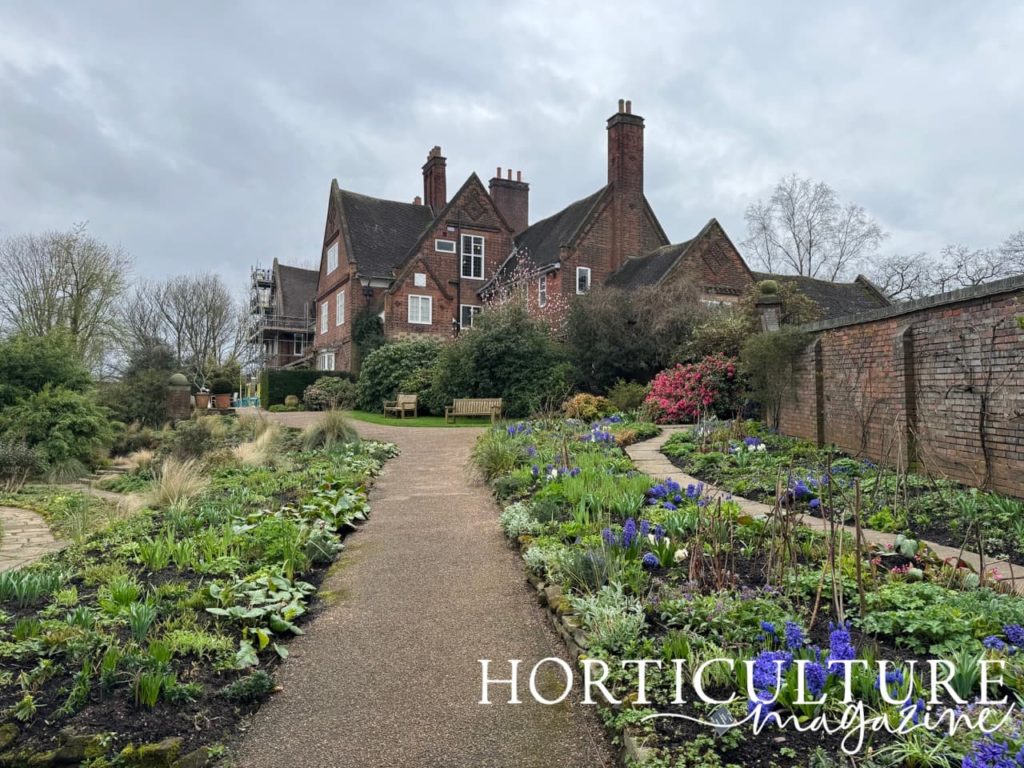
“We don’t always get it right, of course, but I hope people see that we’re always attempting to push that evolution forward and to do so creatively and imaginatively.
“In turn, I hope that inspires people to take that philosophy and attitude back into their gardens at home.”

